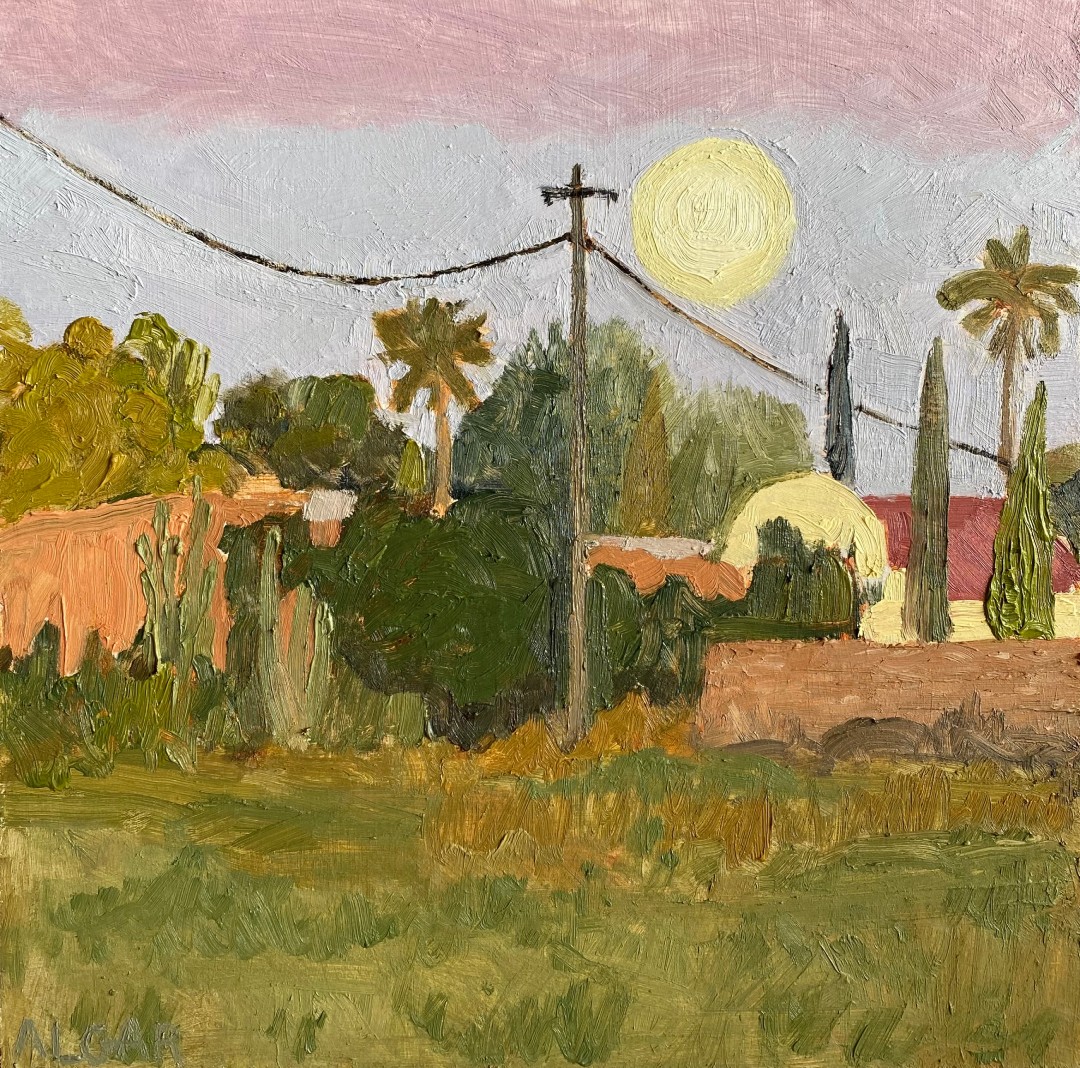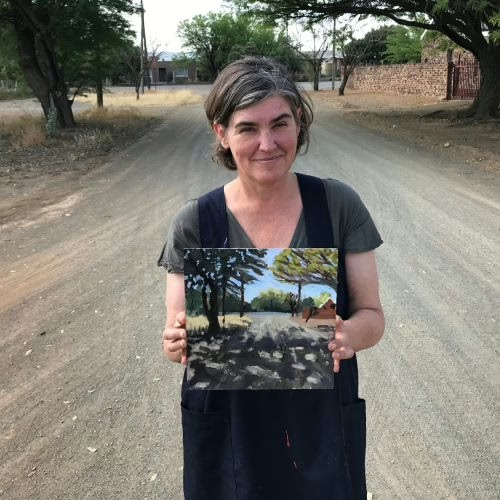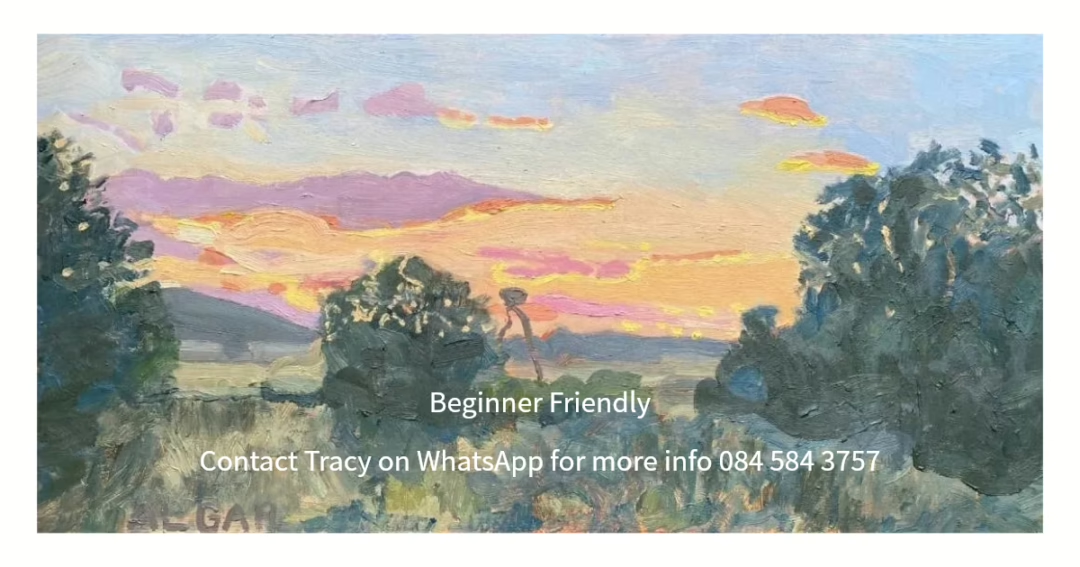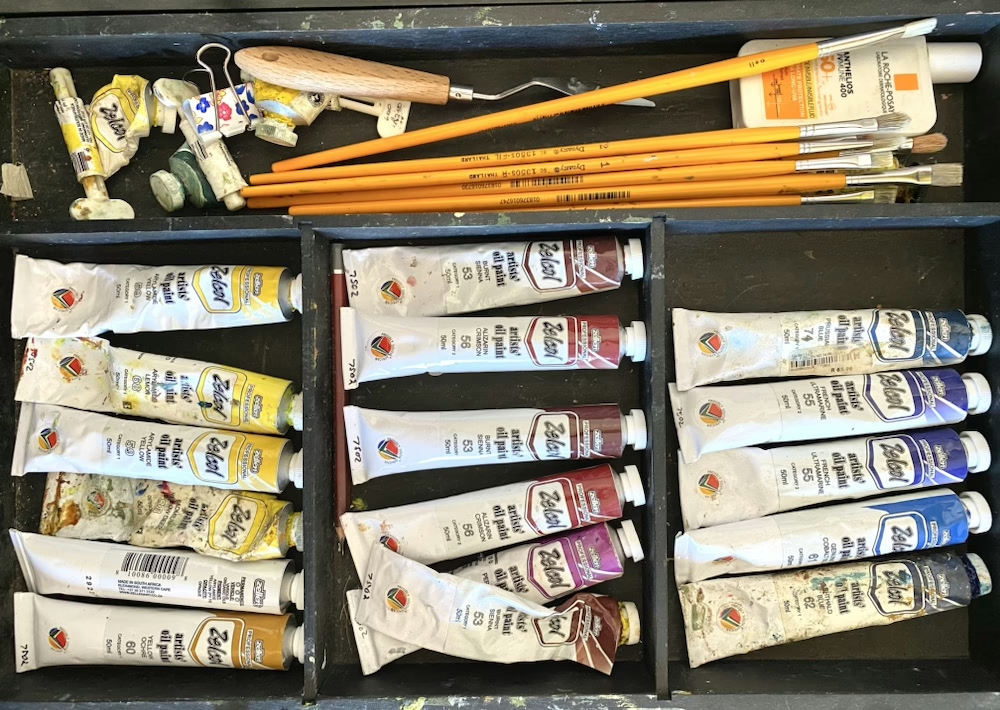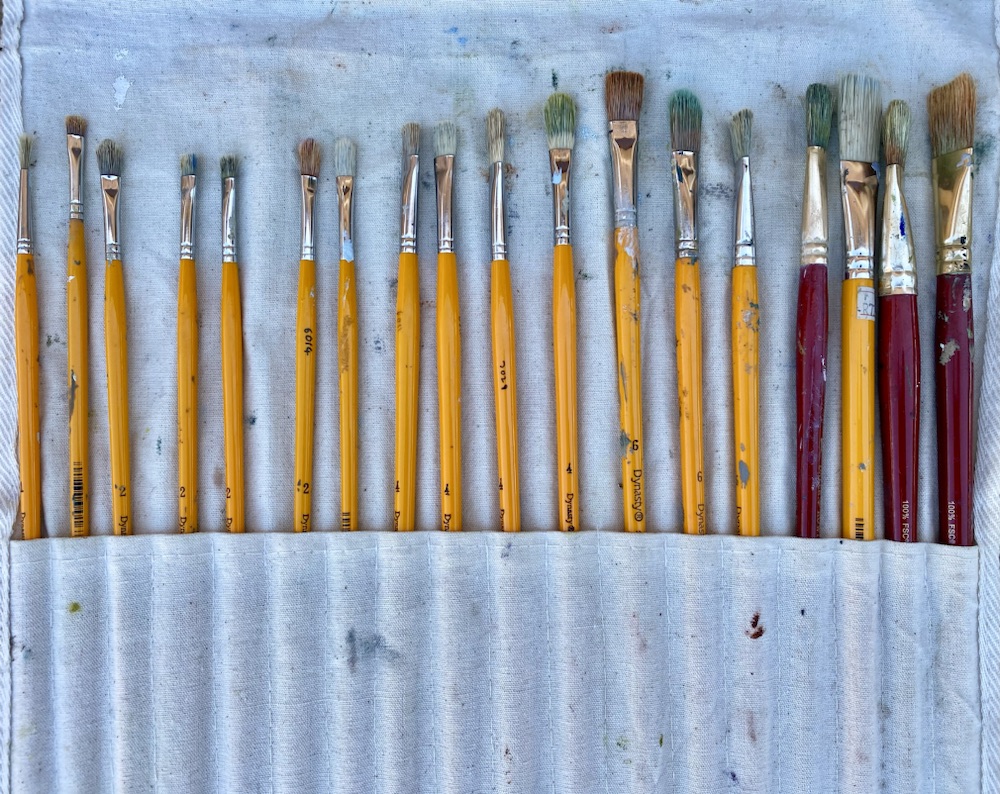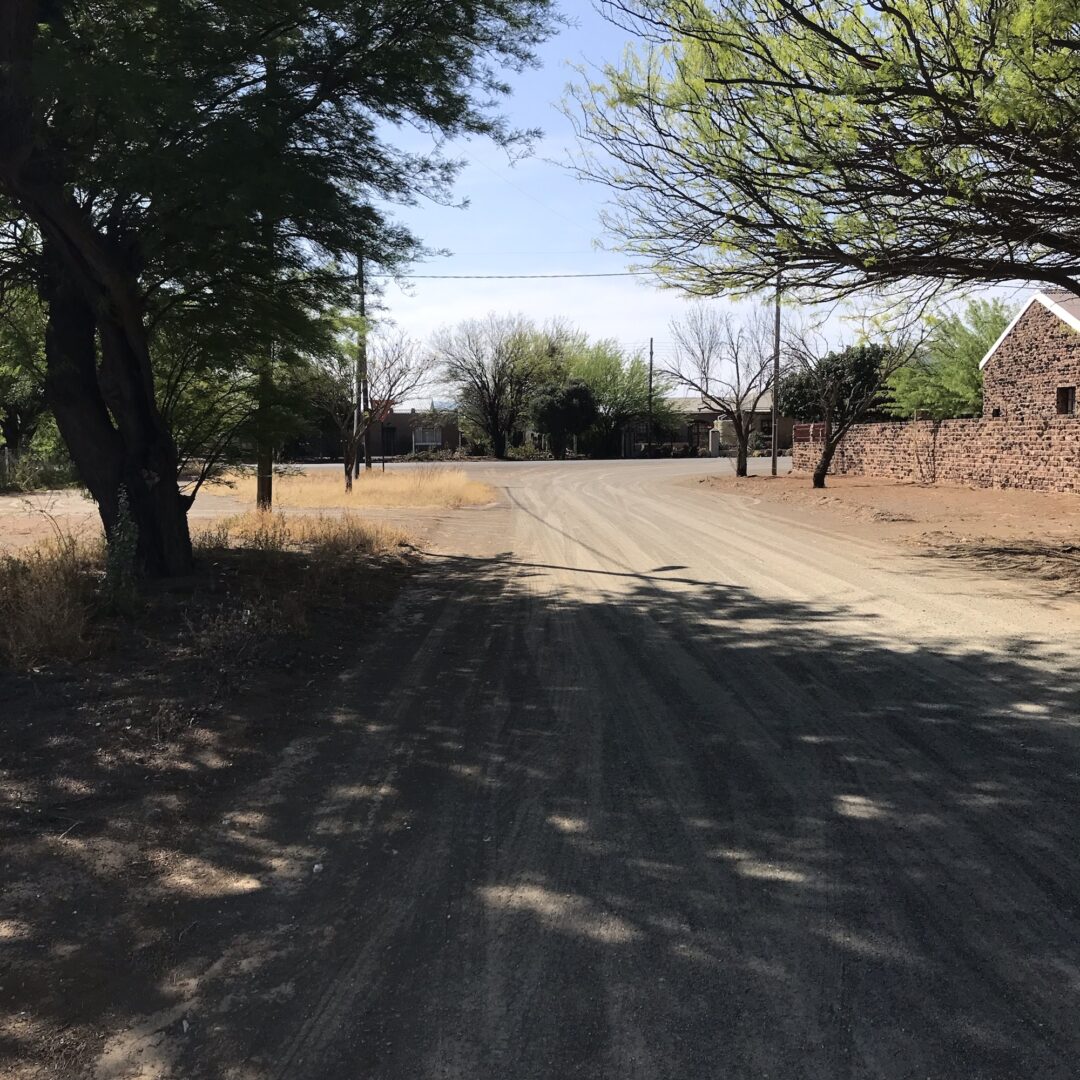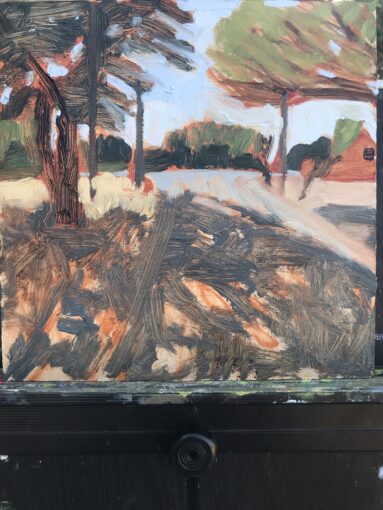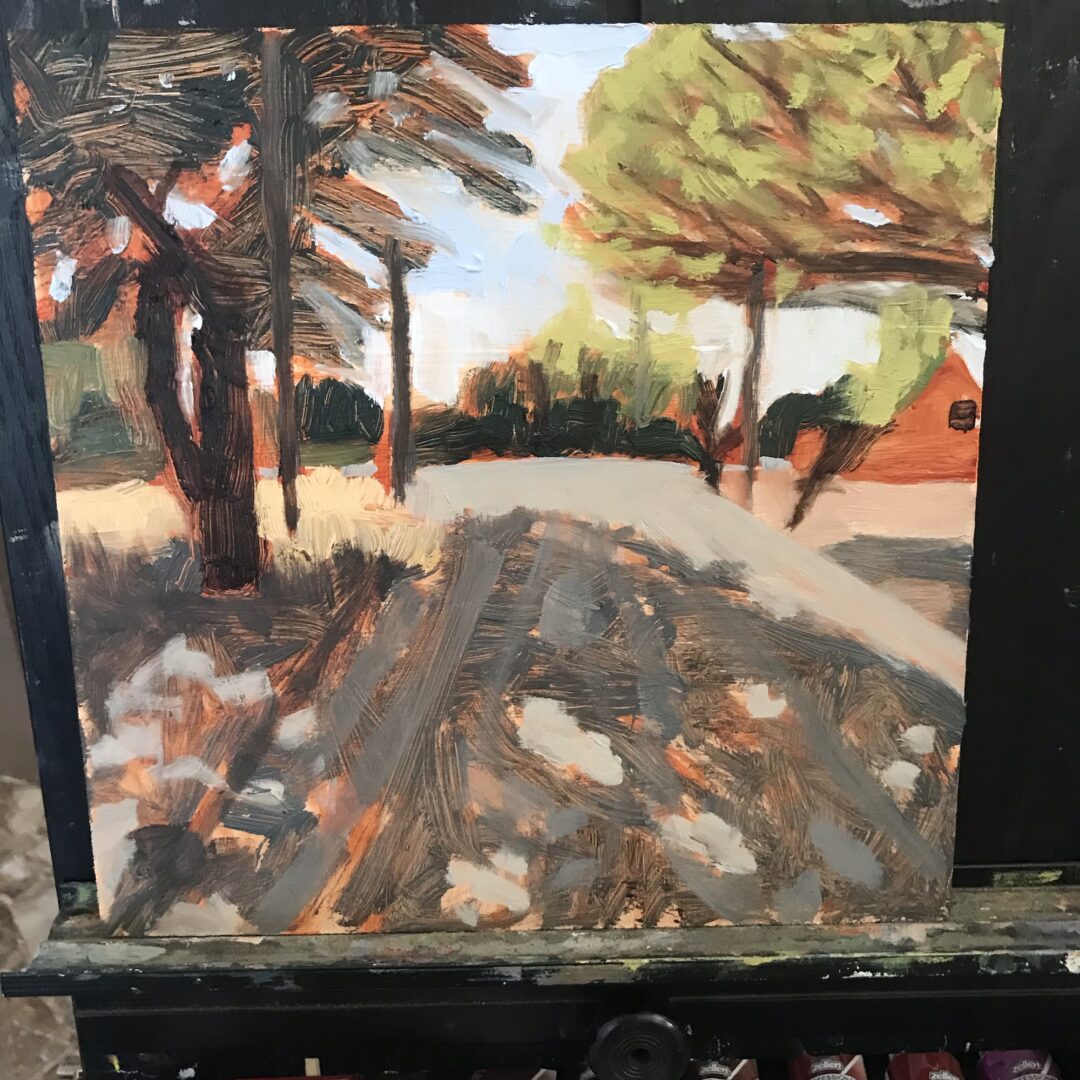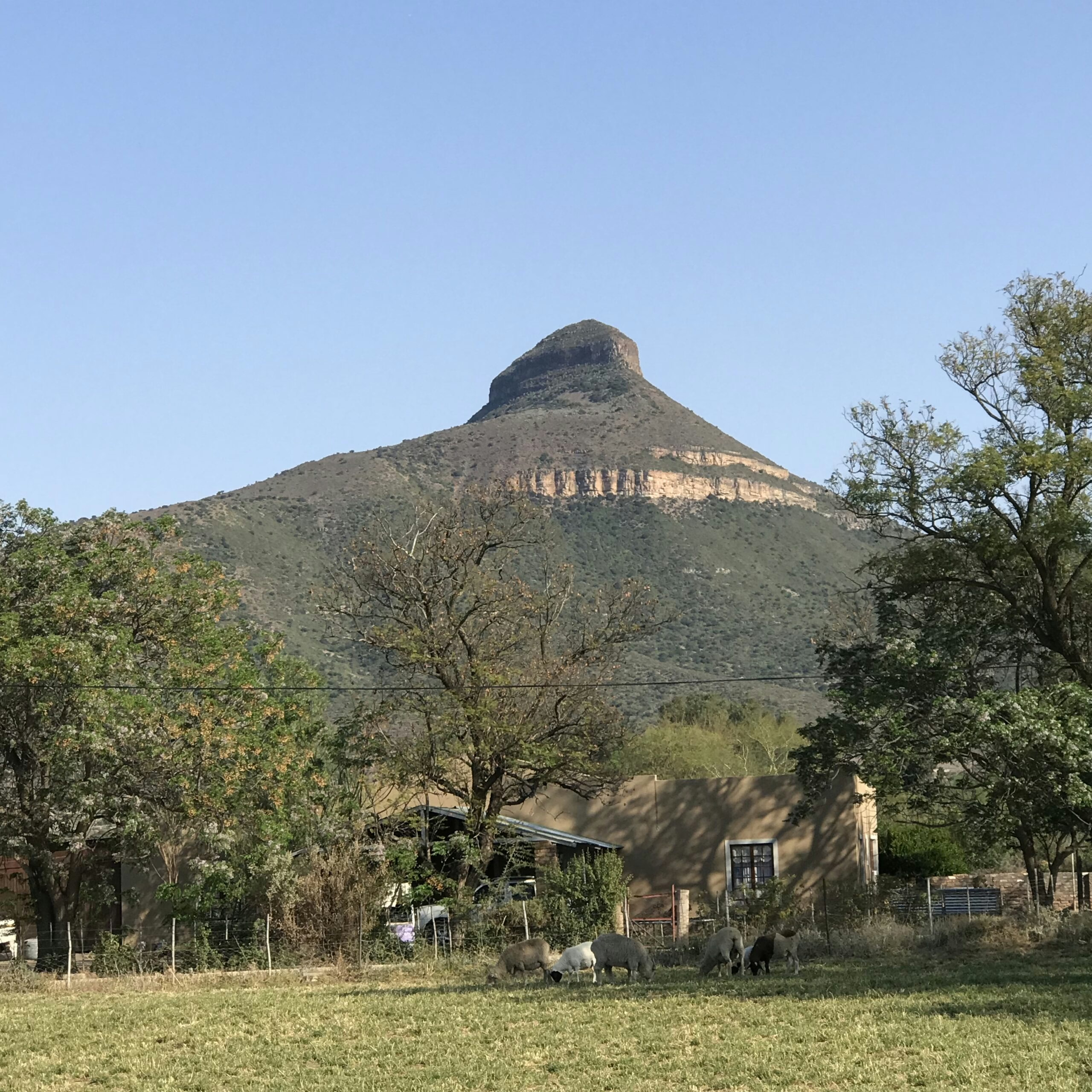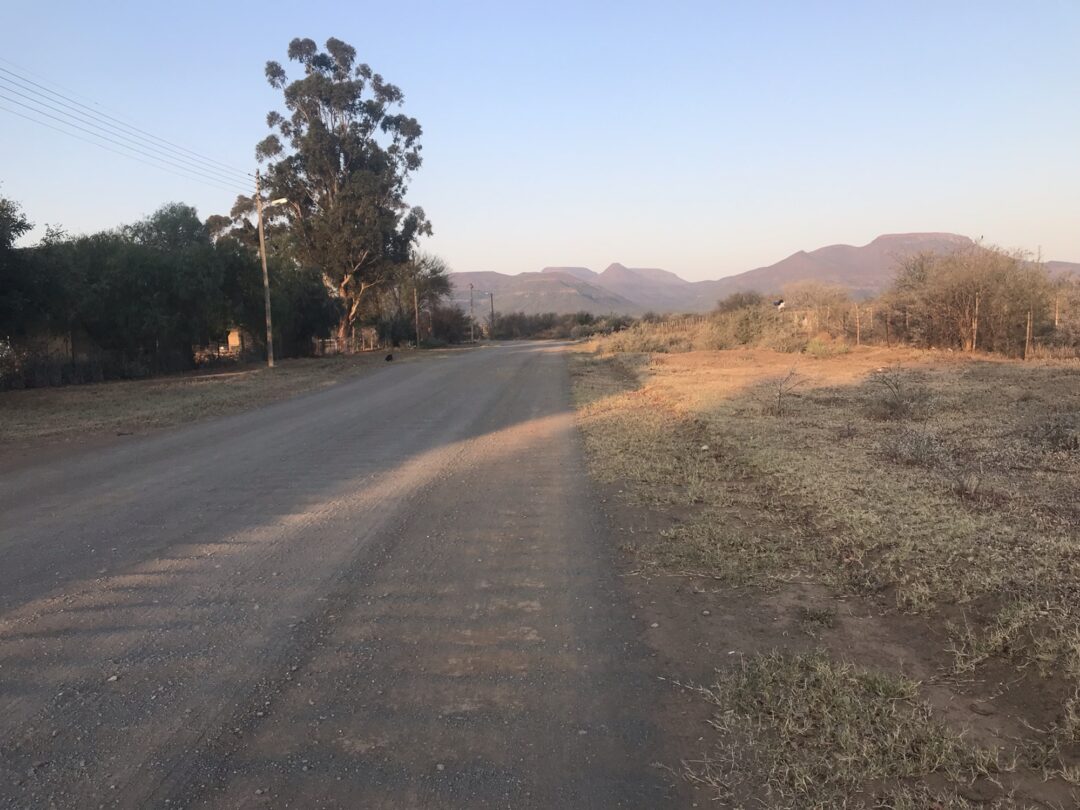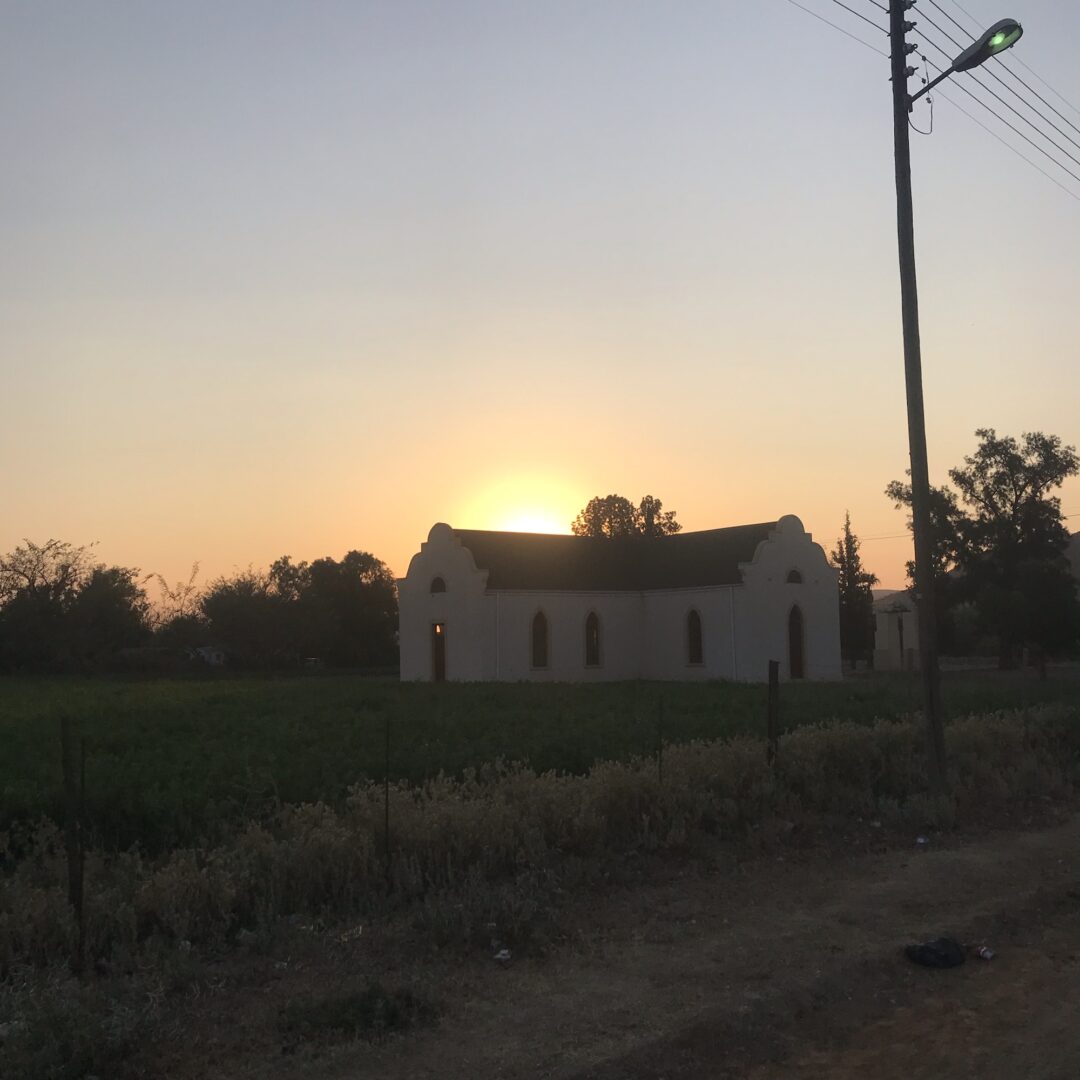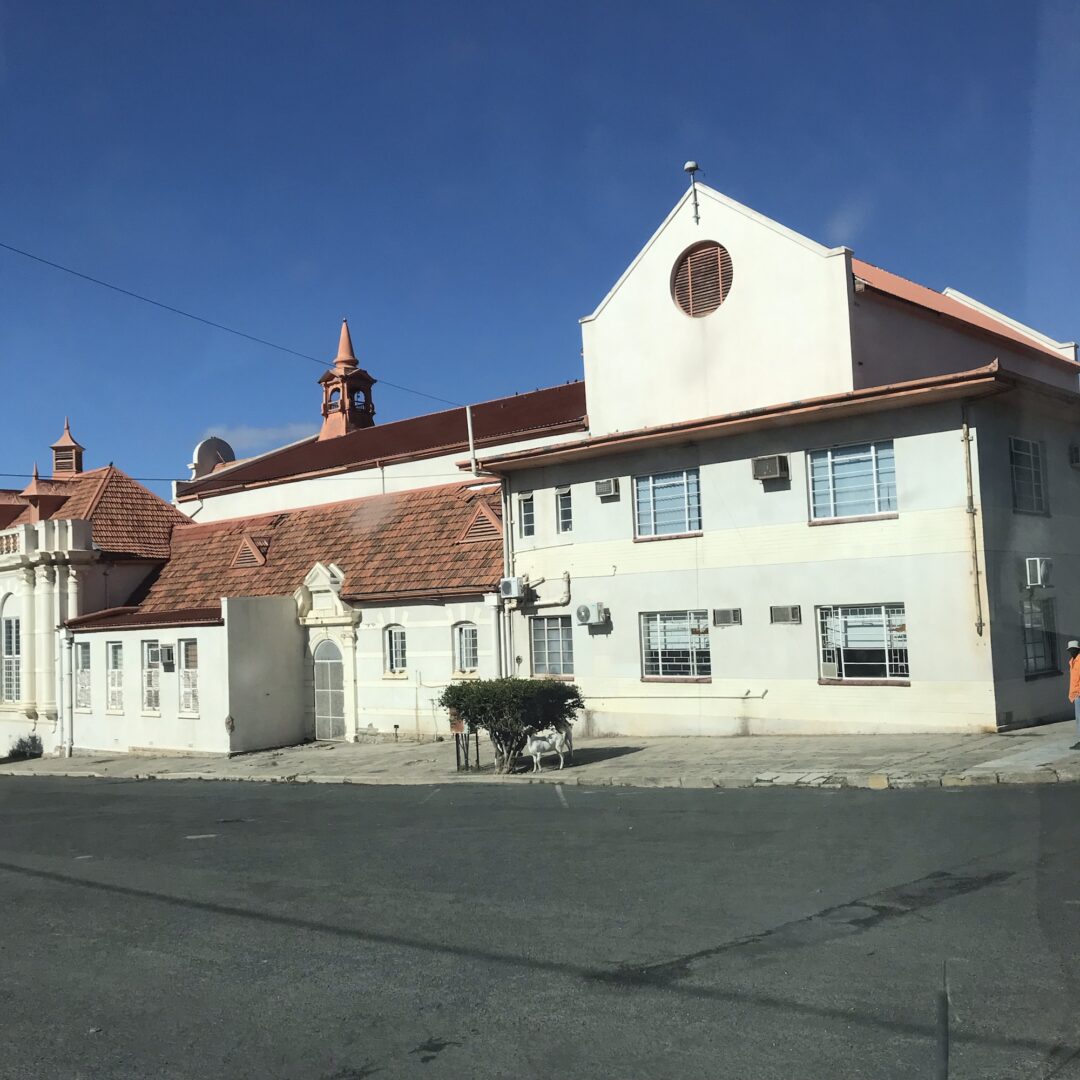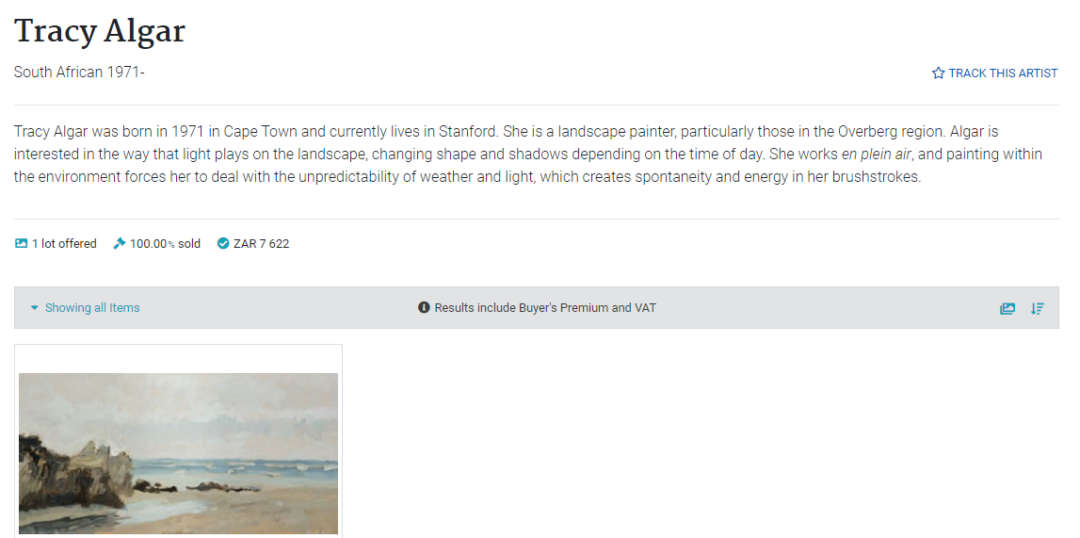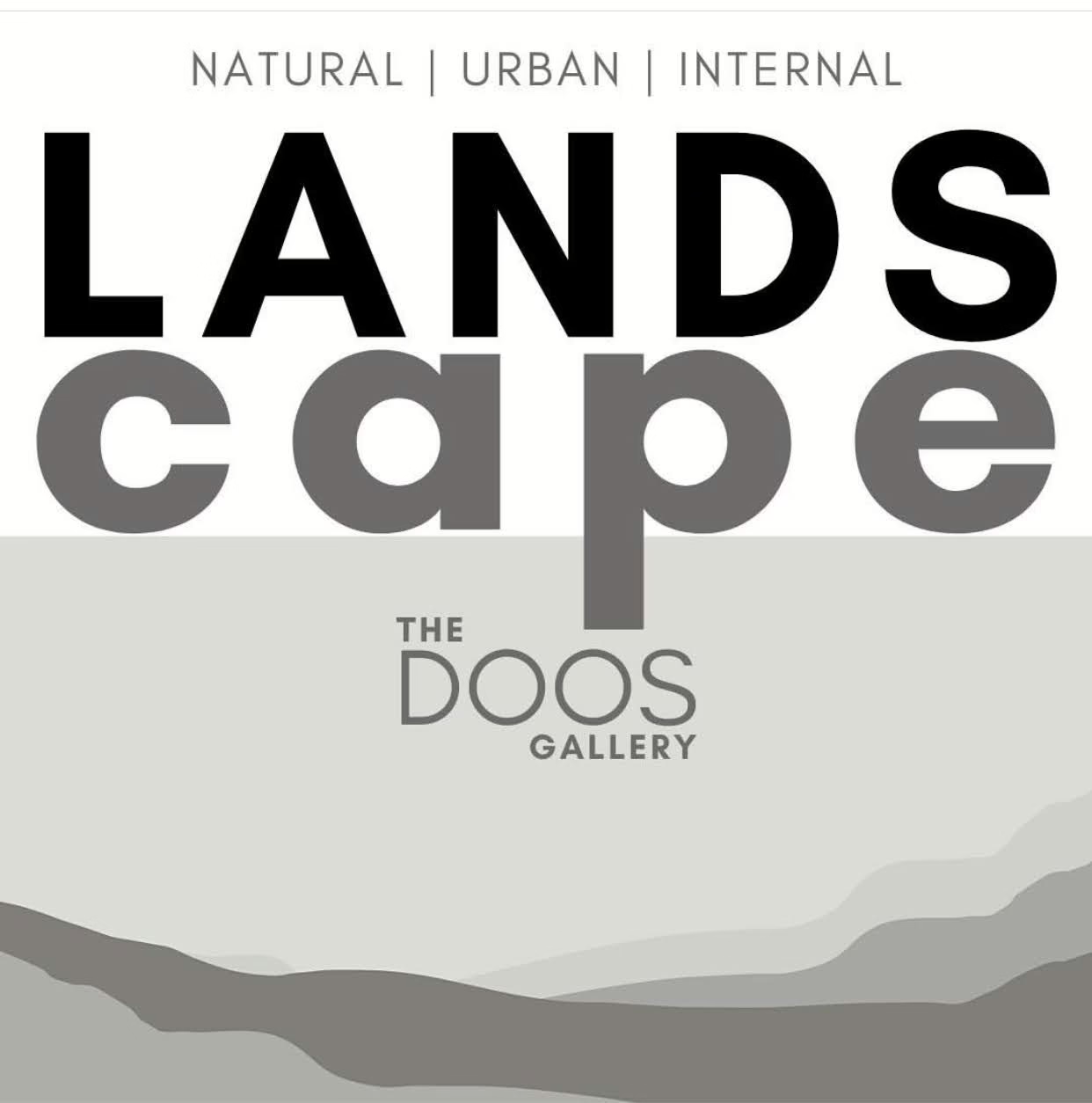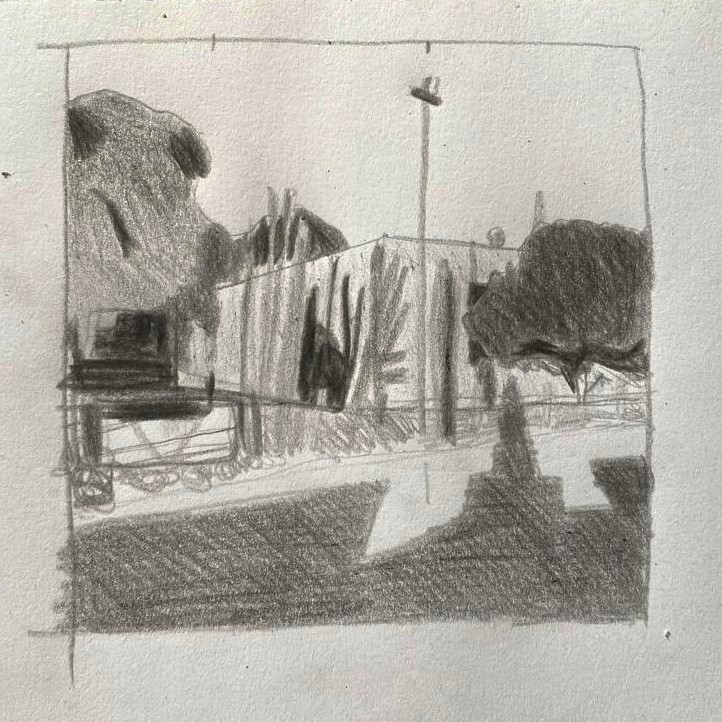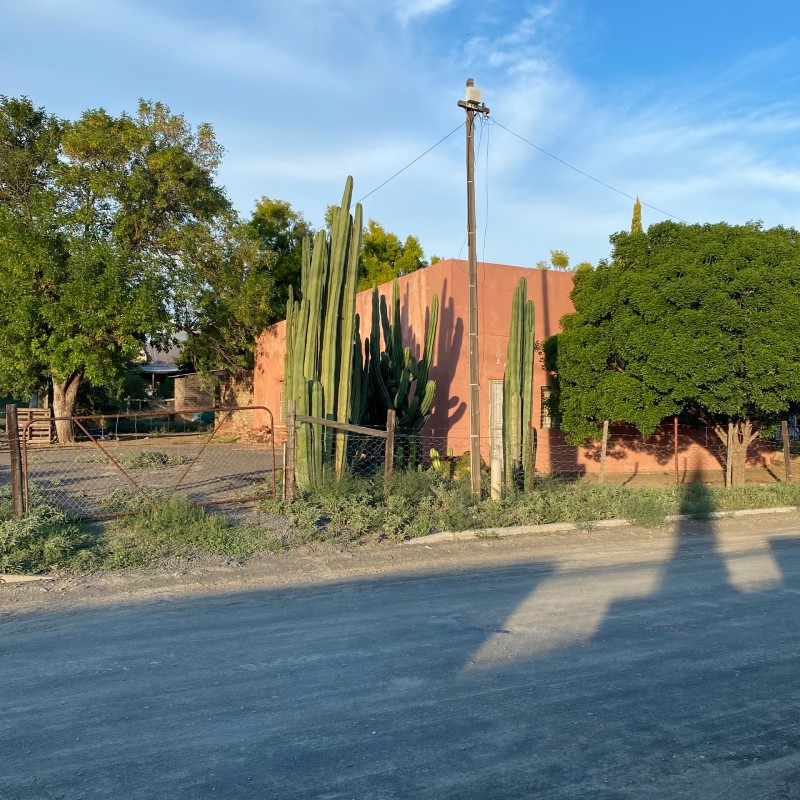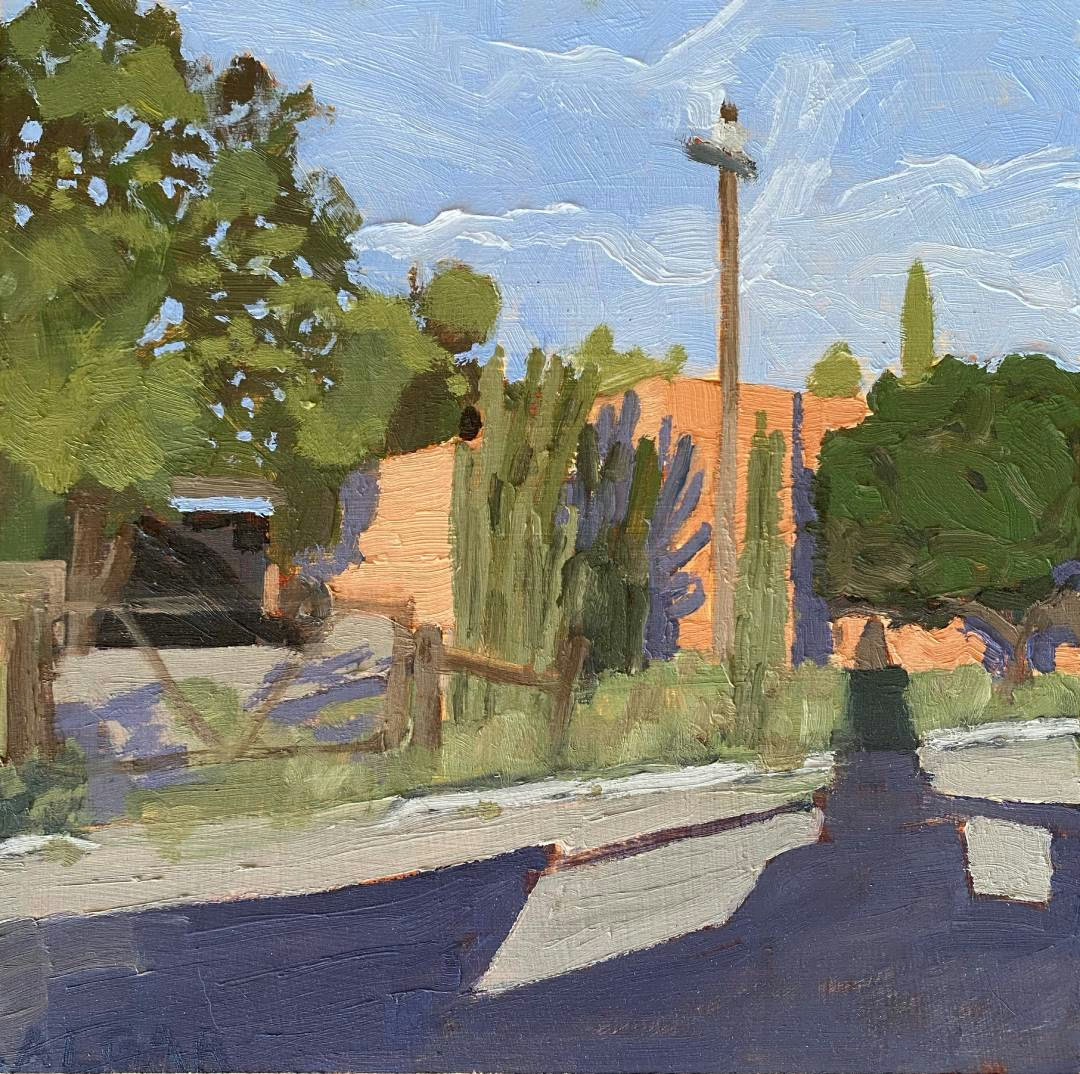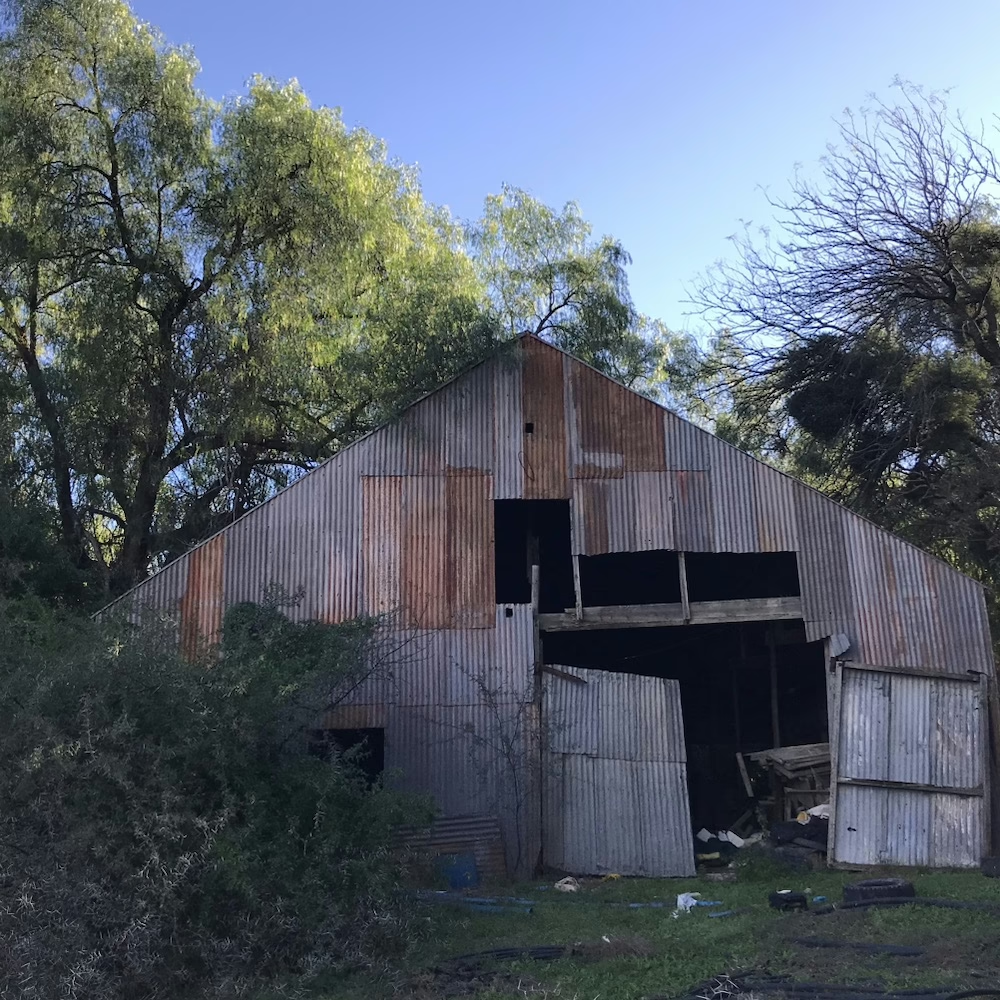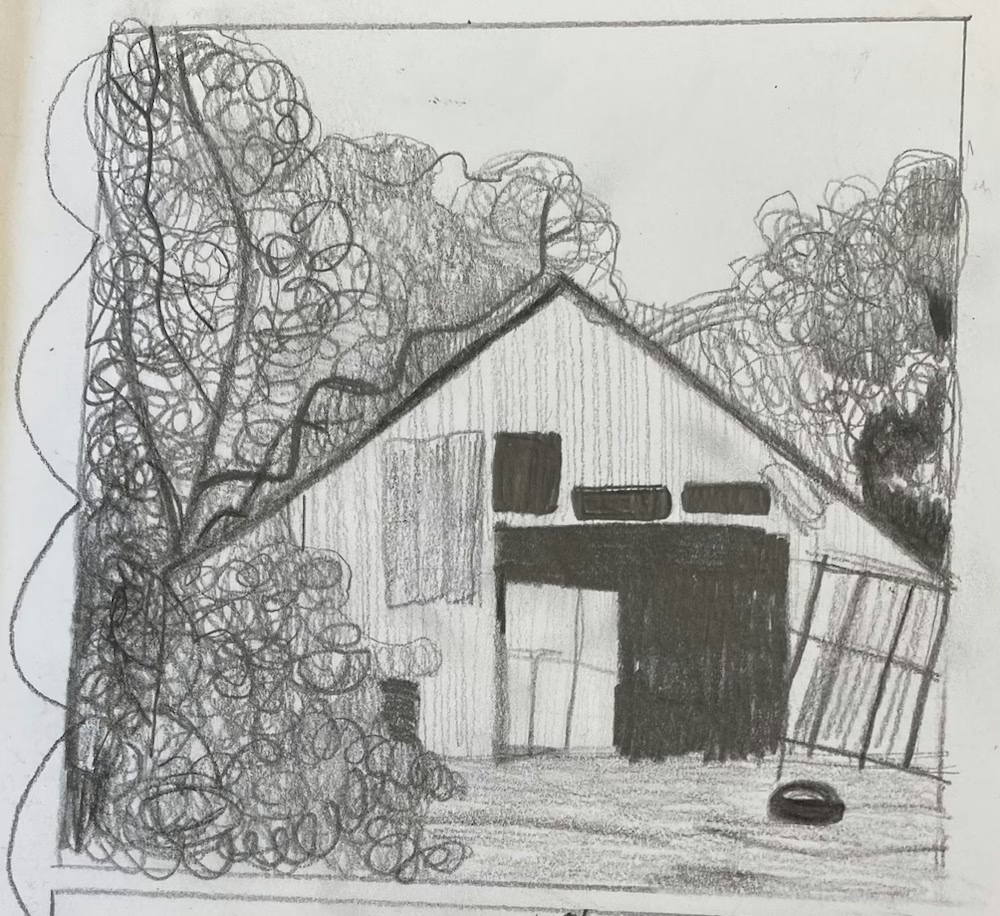Shadow and Shade Exhibition (online only)
BobCat Gallery, Putney, UK
6 – 31 October 2025
Curator’s Tour: Monday 6th October 6.30pm (GMT) (Book your free ticket here – LINK)
Two of my new Karoo landscape paintings will be part of this virtual exhibition with BobCat Gallery. Both pieces are of Adendorp, the little agricultural town where I live in the Karoo. In “Autumn Sunset, Adendorp” is the view from my street of a sunset earlier this year. “Leeb Str. Adendorp” is the view of tree shadows up the dusty road from the house that I rented when I arrived in the Karoo late last year.
Catherine Sweet, Founder of BobCat Gallery, says:
“Shadow and shade both have different connotations – as well as different applications for artists. One is usually associated with comfort, one usually associated with fear. This collection explores both literal and metaphorical shadows and areas of shade, and is a varied, intriguing and thought-provoking selection.
This is not a monochromatic collection by any means – expect full colour and a stunning range of techniques from a talented range of international artists.”
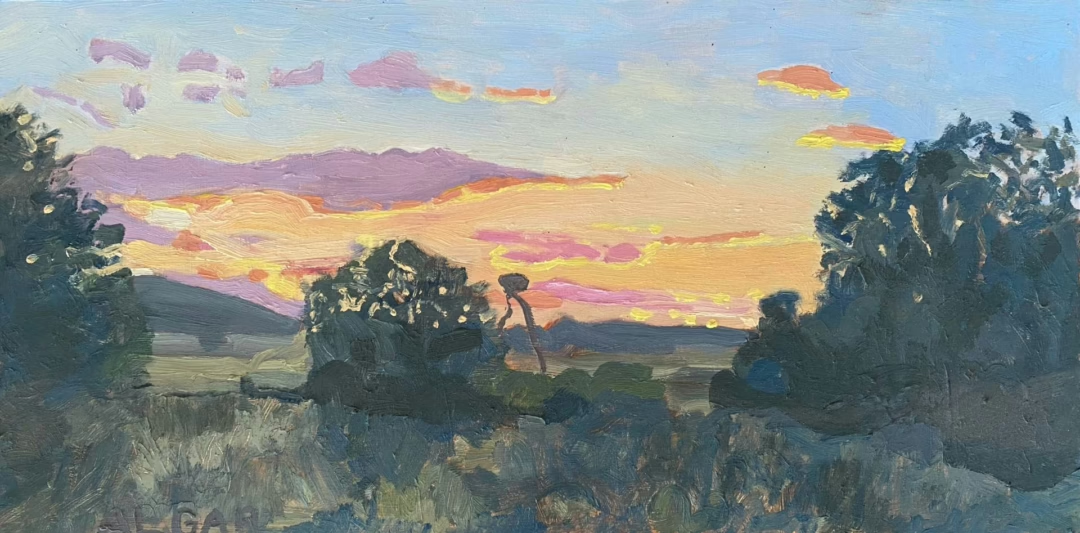
©2025 Tracy Algar. Autumn Sunset, Adendorp. 48 x 24 cm. Oil on board. Unframed.

©2025 Tracy Algar. Leeb Str, Adendorp. 24 x 24 cm. Oil on board. Unframed.

